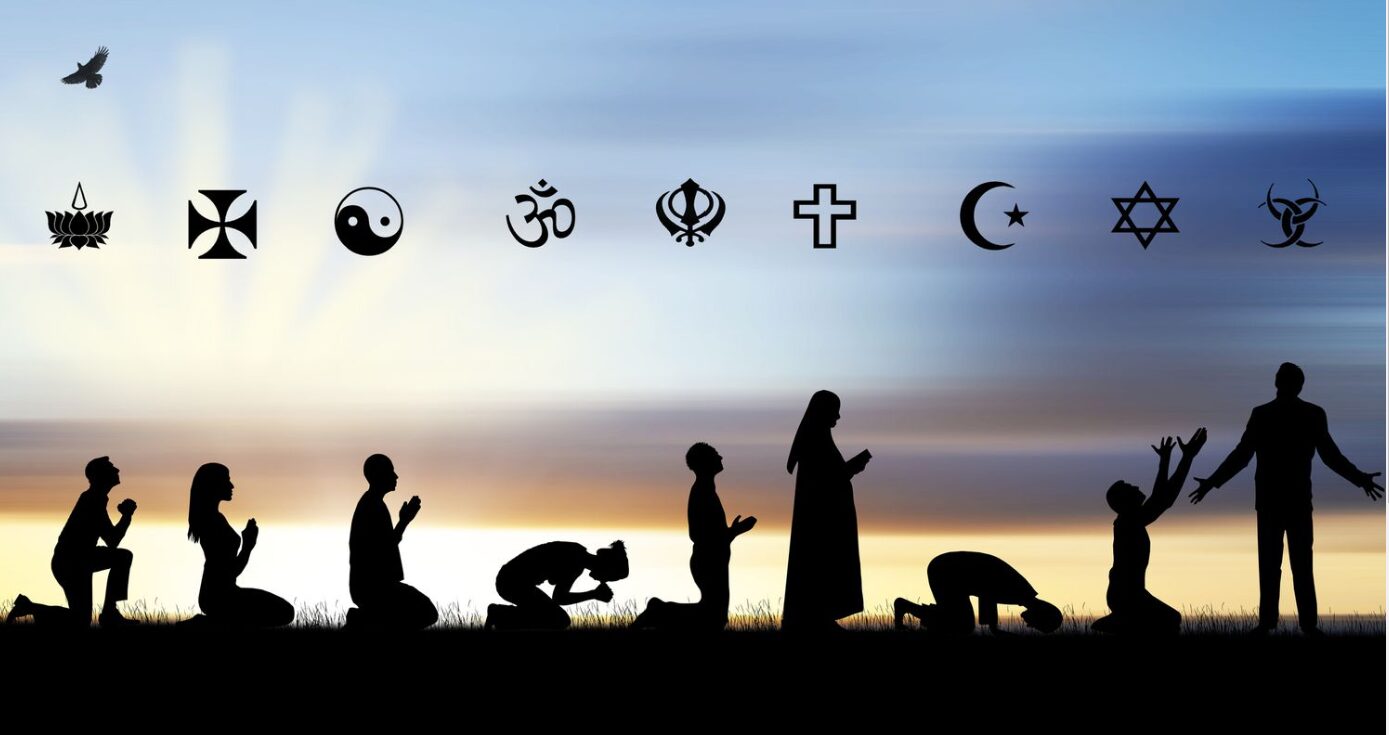The question of the world’s largest religion is a fundamental inquiry into the global religious landscape, requiring a nuanced examination of demographics, historical context, and cultural dynamics. The answer to this question overwhelmingly points to Christianity as the most prominent religion among several adherents. However, exploring the reasons behind this assertion sheds light on the complexity of religious identity and its significance in societies worldwide.
Christianity: A Global Giant
Christianity is a monotheistic religion widely regarded as the world’s largest, with an estimated 2.3 billion believers. Its origins date back to the teachings of Jesus Christ in the 1st century CE, primarily in the Mediterranean region. After Jesus’ crucifixion and resurrection, His followers began to spread His teachings, eventually developing into a diverse faith with various denominations, traditions, and cultural manifestations.
Christianity has played a significant role in shaping world history and culture. Religion has profoundly impacted Western civilization’s development, influencing art, literature, music, and philosophy. Christianity is prevalent due to its global following, which is present in almost every country.
Christianity has a rich history and numerous denominations, including Catholicism, Protestantism, and Orthodoxy. Each denomination has its own unique theological beliefs, practices, and rituals. Christianity’s central beliefs include the belief in one God, the Trinity, the divinity of Jesus Christ, and the concept of salvation through faith in Jesus Christ.
Christianity’s historical and cultural impact and widespread presence have contributed to its status as the world’s largest religion.
Regional Variations
While Christianity’s sheer numerical superiority is undeniable, its distribution across regions is not uniform. The religion’s stronghold historically lay in Europe, where it shaped the cultural and political landscape for centuries. However, in recent decades, significant shifts have occurred, with the center of gravity of global Christianity shifting towards the Global South. Regions such as Africa, Latin America, and parts of Asia have witnessed explosive growth in Christian populations fueled by missionary efforts, social dynamics, and cultural factors.
Islam: A Close Contender
Islam ranks as Christianity’s closest contender in terms of global religious adherence. With over 1.8 billion followers, Islam constitutes a significant proportion of the world’s population and holds sway in numerous countries, particularly across the Middle East, North Africa, and Asia. Monotheism, submission to Allah’s will, and adherence to the Five Pillars of Islam are the three tenets of the religion, which the Prophet Muhammad founded in the seventh century CE. While Islam remains a formidable force globally, its growth rate and distribution vary across regions.
Factors Influencing Religious Demographics
Several factors contribute to the demographic dynamics of Christianity and Islam, as well as other major world religions:
- Historical Legacy: Centuries of missionary activities, conquests, and cultural exchanges have left indelible imprints on the spread and distribution of religions worldwide.
- Socioeconomic Dynamics: Economic conditions, educational attainment, and societal structures influence religious adherence. Higher levels of education and economic development often correlate with lower levels of religious affiliation, though exceptions exist.
- Migration and Diaspora: Global migration patterns are pivotal in shaping religious demographics. The movement of people across borders brings diverse religious traditions into contact and fosters the growth of religious communities in new environments.
- Cultural Identity: Religion serves as a marker of cultural identity for many individuals and communities, influencing beliefs, rituals, and social practices. Cultural factors often intertwine with religious adherence, shaping religious affiliation and expression patterns.
Conclusion: A Complex Religious Tapestry
Exploring the world’s largest religion requires examining religious demographics, historical legacies, and cultural dynamics. Christianity is presently the leading religion, but its position may change due to shifts in global demographics, socioeconomic factors, and cultural impacts. Understanding the complex interplay of factors that shape religious identity worldwide is essential to grasping the diverse tapestry of beliefs and practices characterizing our global society.

